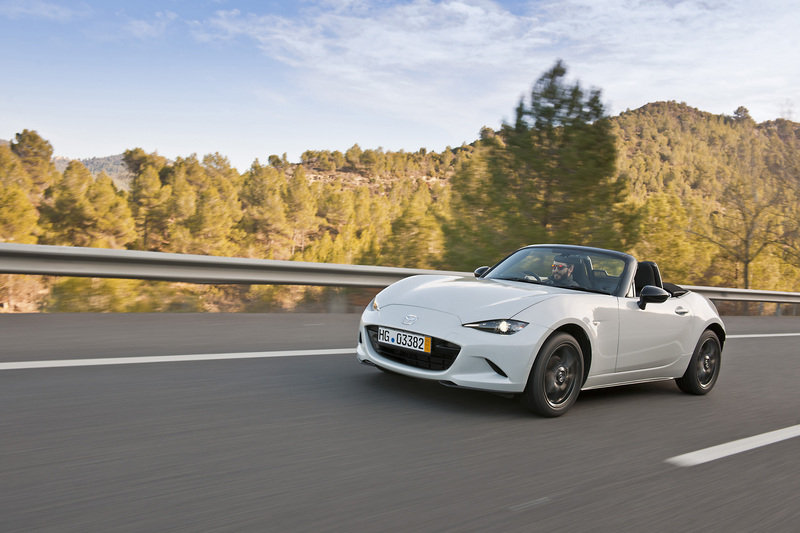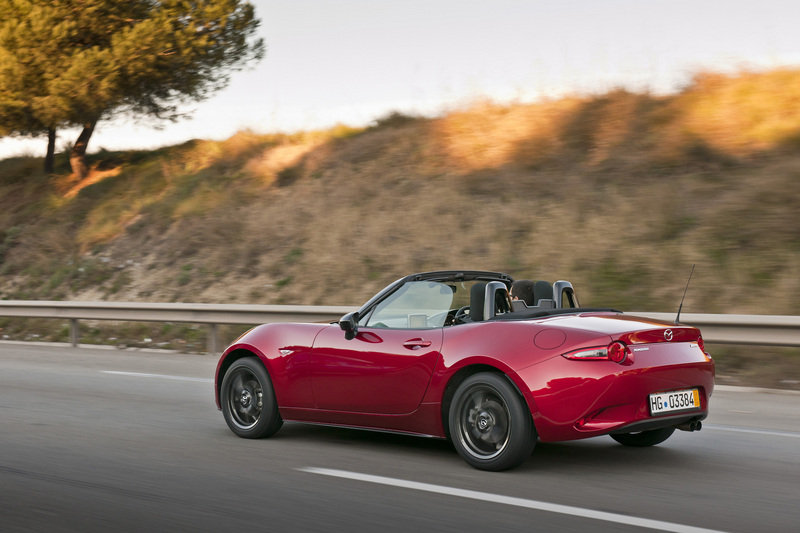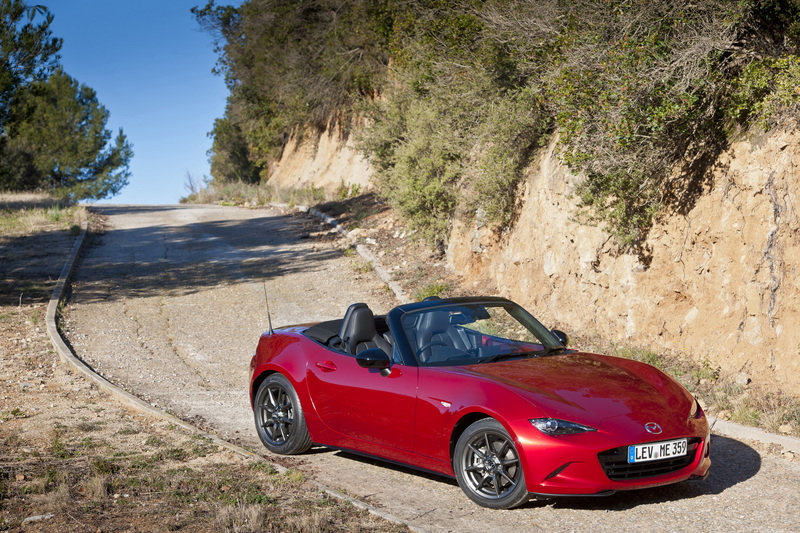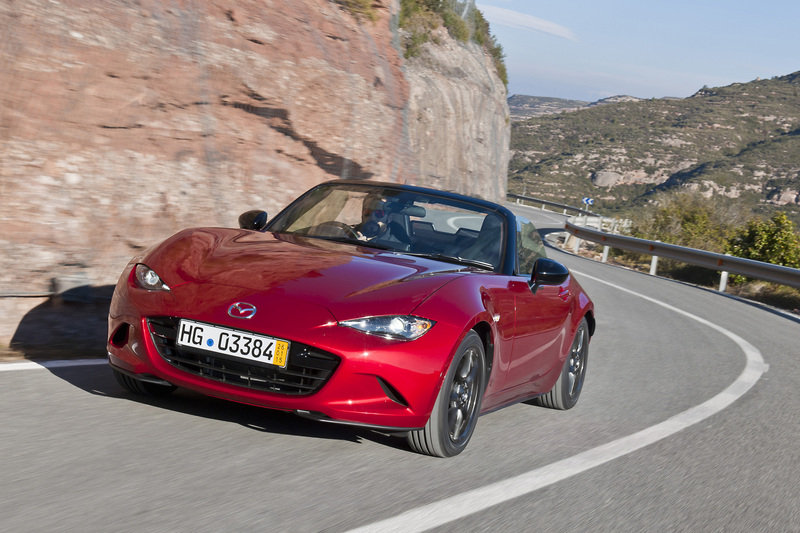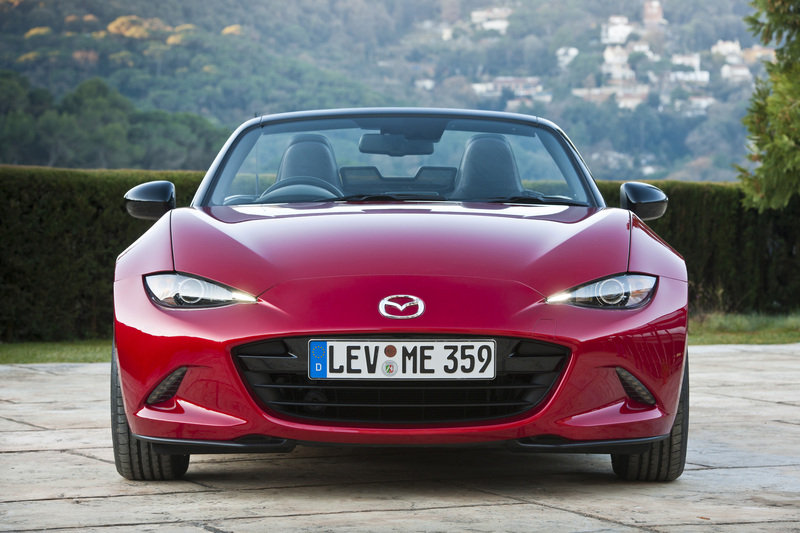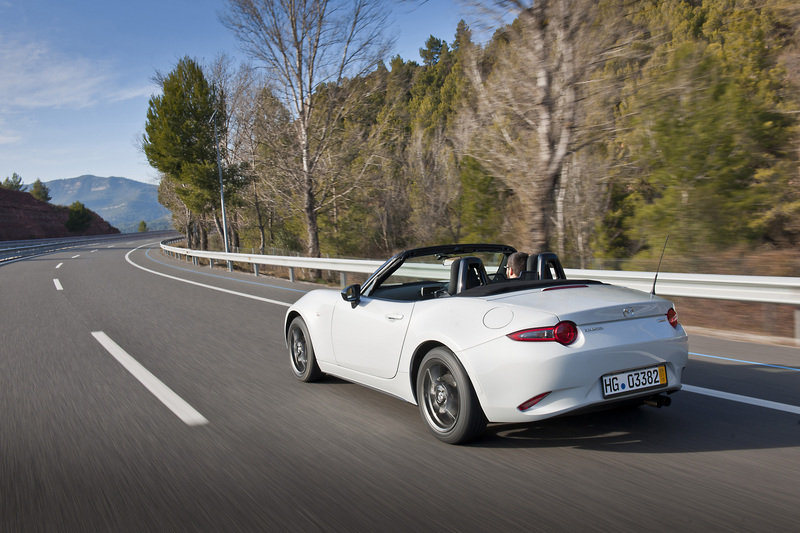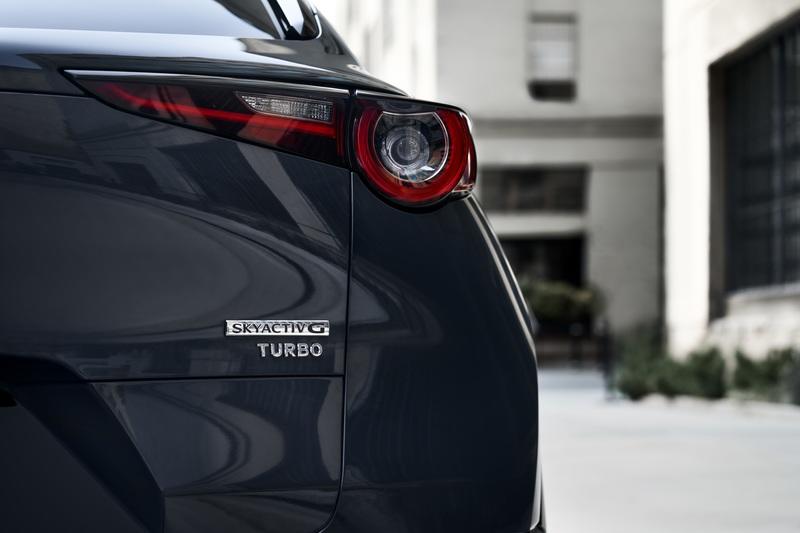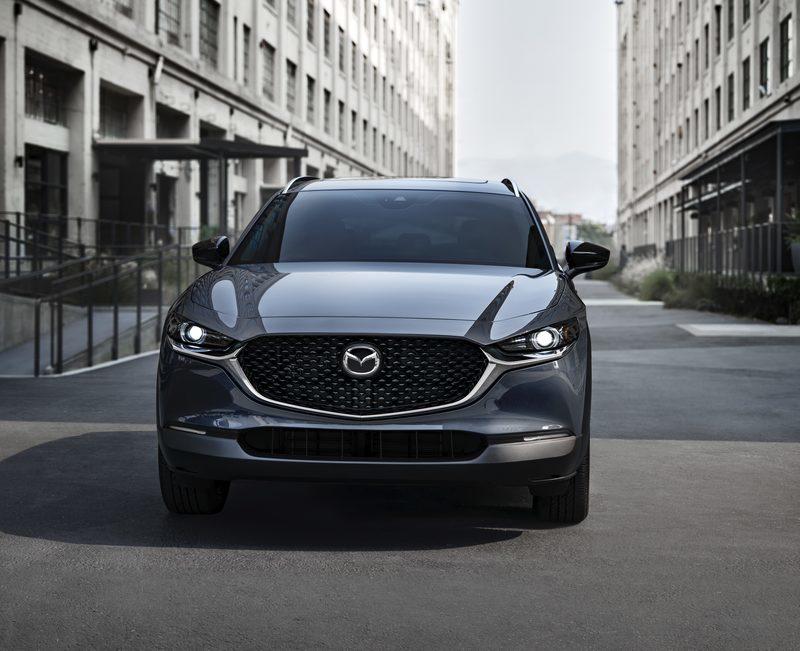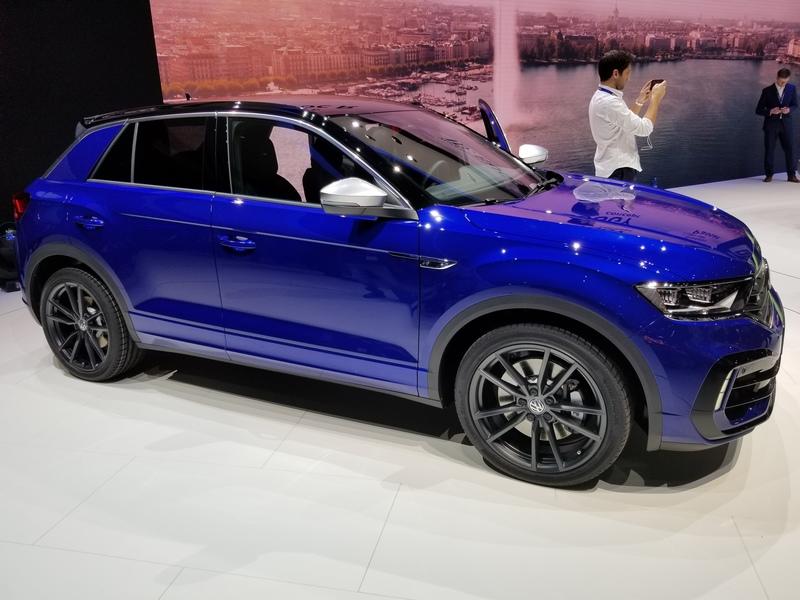Keeping the Mazda MX-5 On the Roster Won’t Be So Easy
Mazda hasn’t been nearly as aggressive as other automakers when it comes to electrifying its range. In fact, the brand’s first EV, the MX-30, isn’t even on the market yet, but is expected to launch in California sometime in the fall of 2021. We also know that the Rotary engine is supposed to serve as a range-extender (electric power generation only) for that very car, but outside of this, the brand has been rather slow to embrace electrification.
Shortly after news that the next-gen Mazda 6 would feature a new inline-six, Mazda released its electrification strategy for the next few years. That plan includes the launch of five hybrid models, five PHEVs, and three EVs between 2022 and 2025, all based on Mazda’s “Skyactive Multi-Solution Scalable Architecture.” Details beyond this were slim, and it has led some to question what will happen to the MX-5 Miata. It fights in a very tough, small niche and will be very difficult to electrify without taking away what makes it special – its lightweight, compact nature and impressive handling.
Now, a new report from Japanese outlet Kuruma-news says that Mazda Mx-5 will only live on as either a hybrid or an EV. Shortly after that report went out, Motor 1 received confirmation from Mazda via an official statement that at least hints that the company will try to keep the car as nimble and lightweight as possible:
“Mazda is seeking to electrify the MX-5 Miata in an effort to have all models feature a form of electrification by 2030. We will work hard to make it a lightweight, affordable, open two-seater sports car in order to meet the needs of customers.”
So, while we know the Mx-5 will likely live on, we’re not sure as to what end electrification will come into play. Making the Mx-5 all-electric would encourage other automakers to do the same with their compact sports cars, with the Porsche 718 Boxster Concept being the first that comes to mind. And Electric MX-5 could also encourage Honda to bring back the S2000 as an EV, for example, or push Toyota and Subaru to electrify the GR86 and BRZ twins.
The Downside to Electrifying the Mx-5
There’s no denying that EVs, in general, can put down some serious performance thanks to their instantaneous torque delivery. However, the big downside is that EVs are naturally heavy and generally feature a limited range. When it comes to the MX-5, that is a very crucial thing to keep in mind since it is a lightweight and nimble car that’s also affordable.
Transforming the MX-5 into an EV would be very difficult to keep its lightweight nature intact and, since it’s so small, there’s not a lot of room for battery, which means an MX-5 EV would probably mean little range – maybe even as low as 150 miles.
Of course, that could change in the years to come with advancements in battery tech, but as things sit now, batteries are very heavy and very big, two things that don’t mix well with what the MX-5 is at its core.
Hybridization Could Be The Right Move For the Next-Gen MX-5
Mazda’s electrification plans aren’t as ambitious as that of other automakers. By 2030, the company expects only 25-perecent of its vehicles to be all-electric with the remaining 75-percent being powering by hybridized internal combustion engines. This is a big deal because going the mild hybrid route means Mazda can cut down on the weight it needs to add since the battery pack will be much smaller. There won’t be any electric range to speak of, but this setup would also open the door for even better performance since even a small electric motor can add a considerable amount of torque to a car’s bottom line – this is exactly how Mercedes is able to scall down to a four-cylinder engine, even in the range-topping AMG versions of the new C-class.
Final Thoughts
At this point, there’s no telling when we’ll know what Mazda is going to do for sure, but at least we can say that there’s a good chance that the MX-5 will live on until at least 2030, and probably beyond. With the current model hitting the market for the 2015 model year, there’s a good chance the next-gen model will be revealed in 2023 or 2024, and I’m willing to bet it’ll be a mild hybrid. However, that’s not to say that Mazda won’t offer at least one all-electric version of the MX-5. If the R&D is done, it might be a feasible option if there’s actually enough demand for it. Then again, some would argue that Honda bringing back the S2000 as an EV would be a horrible idea, simply because a lot of what made that car special was its engine and chassis. Will the world think the same about the MX-5? Should the car be shelved instead of going electric in the future? I guess only time will tell.

